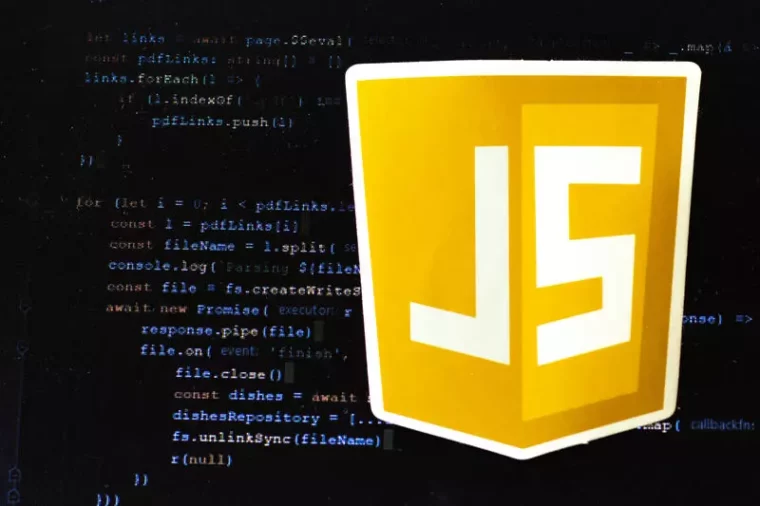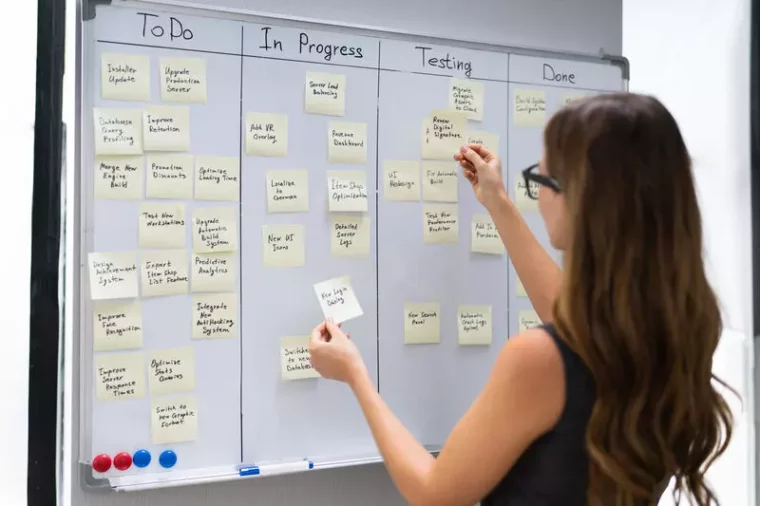Difference Between Raster And Vector Graphics
For instance, if the PDF was created in Photoshop, it goes to be saved as a raster file. And sometimes, a PDF can include raster images, like JPEGs and PNGs as well as vector photographs. They’re made up of paths, which are strains that hook up with kind shapes. This is among the main differences between raster and vector photographs.
You would have heard or observed many graphic designers talking about converting the images to vectors before printing. Raster photographs are good for photographic pictures, as they will seize a great deal of element. However, they can be troublesome to edit without shedding high quality, and they don’t scale nicely. Vector images, then again, are a lot simpler to edit and can be resized with none loss in high quality. If detail and tons of smooth colors are extra essential, then a raster image is probably the way to go. If ease of editing, small file dimension, or typography is extra essential, then a vector picture could be the preferred format.
What Are The Raster Graphics?
Common vector file sorts are .ai, .eps, .pdf, svg, sketch and the editors used are sometimes – Adobe Illustrator or Sketch. Photographs that need to be scaled to completely different sizes, vector graphics are used to achieve those results. Selecting the best vector picture format is dependent upon your particular needs. If web compatibility and open standards are crucial, SVG is a good selection.
Use Circumstances And Advantages Of Using Raster Graphics
- This enhances the user expertise and positively impacts your website’s SEO, as search engines favor fast-loading websites.
- Simply erase or change the colour of particular person pixels until you obtain the effect you’re in search of.
- Smaller file sizes imply faster web page loads, contributing to a better consumer experience and improved web optimization rankings.
- One of the first makes use of of Photoshop is with digital photographs, which are normally raster information.
Like we talked about above, raster pictures, or bitmaps as they’re typically referred to as, are digital images which would possibly be made up of pixels. When you view a raster picture on a display at 100%, all of the pixels combine to create the picture. However, if you zoom in on it, you’ll start to see the individual colored pixels. Pictures are the most typical raster photographs, however any digital graphic can be a raster.
This methodology permits for the creation of pictures which may be made up of points, lines, curves, and polygons. For capturing photographic imagery or video content, leverage raster graphics. No format handles pixel-perfect photorealism as elegantly and efficiently. The principal benefit of vector graphics is that they produce probably the most precise, clearest designs at any scale. The primary disadvantages are that vector graphics demand skilled design software program and the ability to use it. Raster images, also recognized as bitmap pictures, are composed of tiny pixels that create detailed visuals.

Raster Vs Vector
This technical distinction https://deveducation.com/ reveals how raster’s pixel grid captures photographic essence while vector’s computational edge allows seamless geometry. This underlying raster construction carefully parallels how cameras capture photographs sensor-by-sensor and screens illuminate images dot-by-dot. This makes rasters uniquely suited for photography, video and digital show utilization.
As a end result vector graphics print crisply even when they’re enlarged. Vector recordsdata are much more light-weight than raster information, containing only the mathematical formulation that determine the design. Plus, Cloudinary’s transformation features permit you to adapt your images on the fly. Cloudinary processes these adjustments in real-time, serving the right version of your image for every state of affairs. This flexibility is invaluable, particularly when coping with the diverse necessities of contemporary web and cellular purposes. If your project requires you to work with complicated raster and vector graphics difference colours, themes, and blends, like in portray and all kinds of artwork, raster must be the popular format.

Raster Graphics – A Pixel Good Grid

As vector photographs are composed of mathematically-defined factors, each change in colour or tone would require you to create a model new line, point, curve, and equation. In Laptop graphics, a pixel, dot, or picture element is a bodily level in a picture. A pixel is just the smallest addressable component of a picture represented on a screen. A majority of images that we see on our pc display screen are raster pictures.
Raster graphics, generally generally recognized as bitmaps, store visual data as a two-dimensional map of pixels. Zoom in on a raster image to view the data it accommodates – knowledge on the color of each pixel. Zoom out, and the pixels appear to combine flawlessly to type an image. On the opposite hand, lets you view the smooth types and curves of the image’s parts rather than individual pixels.
While Photoshop excels as a photo editor and graphic design program, Illustrator makes a speciality of creating scalable vector graphics, logos, and design elements. You can open raster files in Illustrator and use the Picture Trace software to turn the image right into a vector. Enlarging a raster image means stretching the pixels, which can result in a noticeable loss in quality, manifesting as blur or pixelation. This attribute calls for cautious planning relating to the supposed use and size of the picture from the outset. Moreover, raster recordsdata can get fairly massive, especially as the size and colour depth enhance, which is usually a challenge for storage and performance. Vector graphics are created utilizing mathematical equations to outline points, traces, curves, and shapes.
Vector photographs use mathematical method to outline shapes, allowing them to scale infinitely with out dropping high quality. The main difference between raster and vector photographs is raster images are composed of pixels, that are tiny sq. items of color. When you zoom in on a raster picture, you’ll see the individual pixels that make up the image.
However, in relation to growing or decreasing the dimensions and backbone, it is a bit difficult. With so many photographs to select from on-line, deciding which file varieties to make use of can take effort and time. Pixels compose raster photos, whereas mathematical shapes and routes compose vector images.
Rasters, on the opposite hand, are made up of pixels or tiny dots that compose an image utilizing shade and tone. Since their constructing blocks are pixels, raster pictures don’t feature the kind of scalability that vector pictures do. Being significantly completely different in nature, the two kinds of graphics have completely different uses, strengths, and weaknesses. Vector graphics are highly effective, but they aren’t the right alternative for each state of affairs. Their major limitation is a scarcity of shade depth and element wanted for complex images. For detailed, continuous-tone photographs, raster formats like JPEG are a higher choice.
